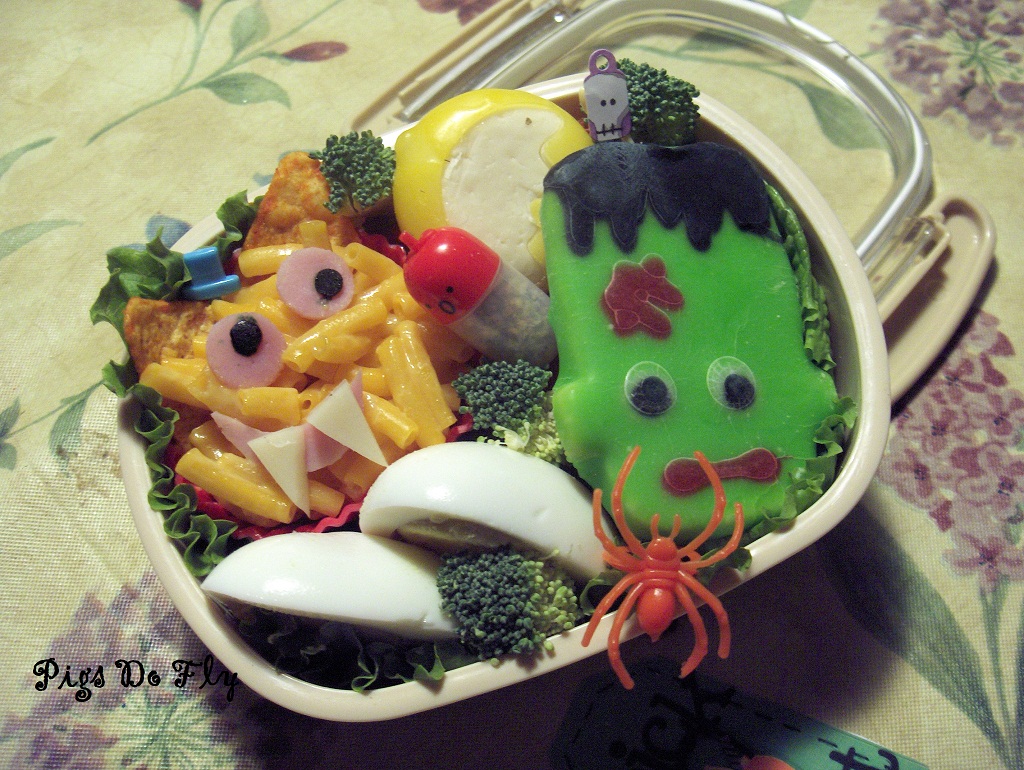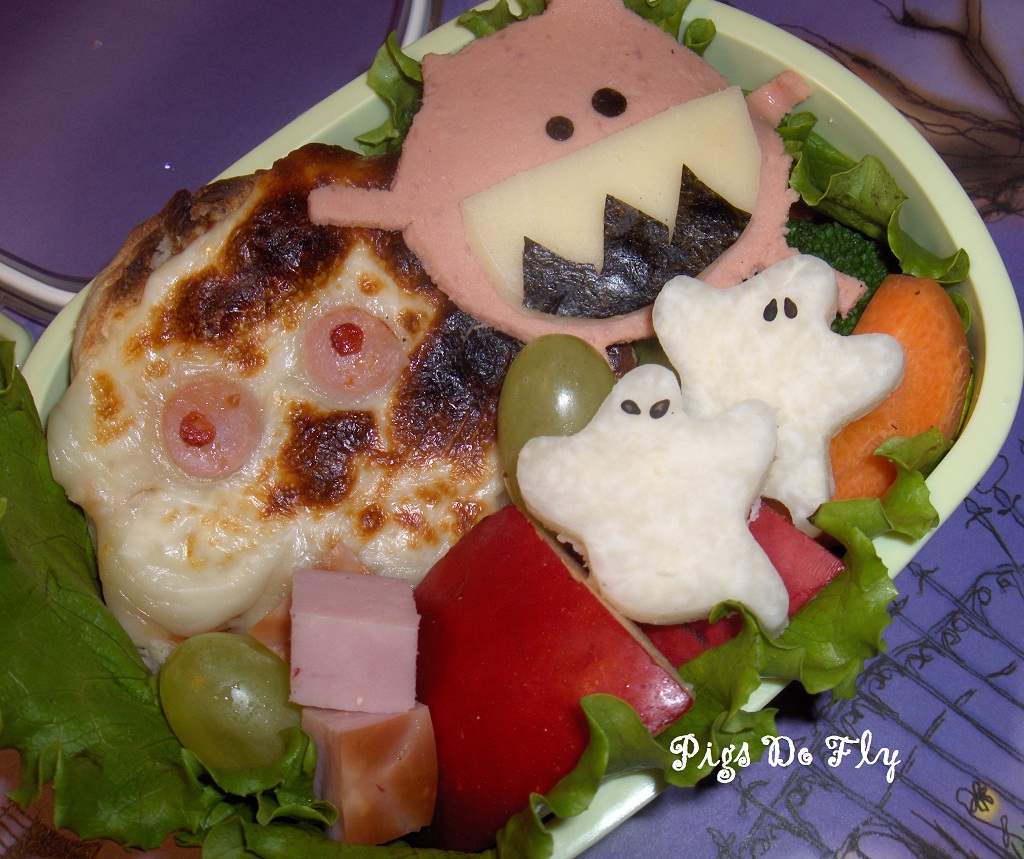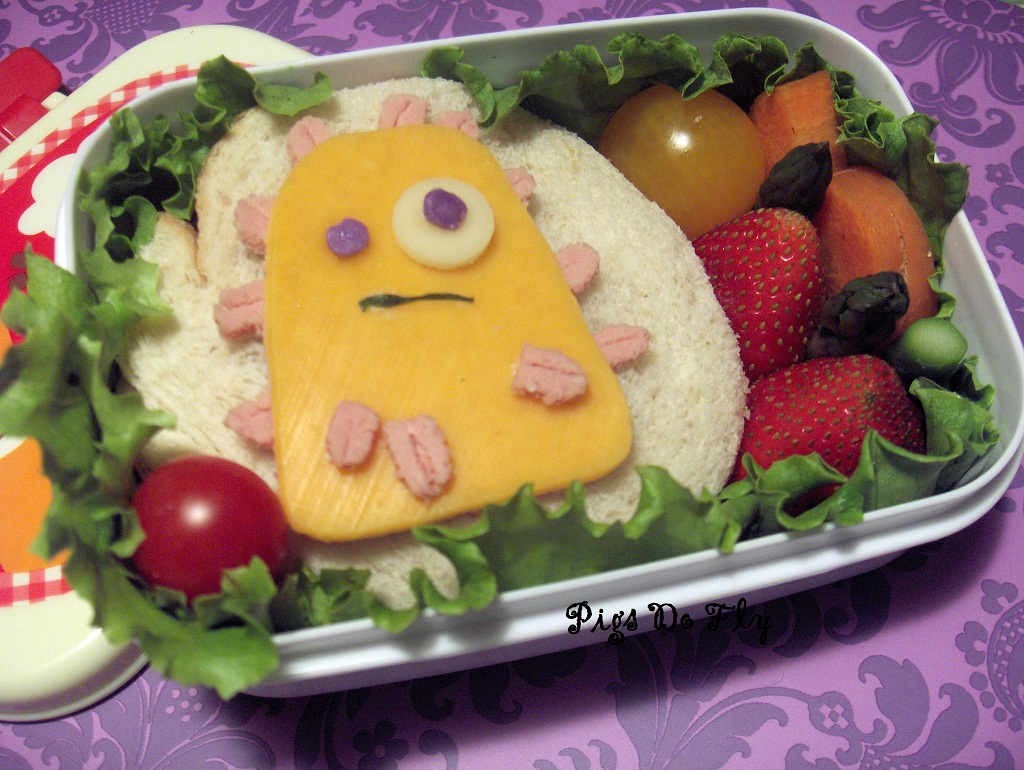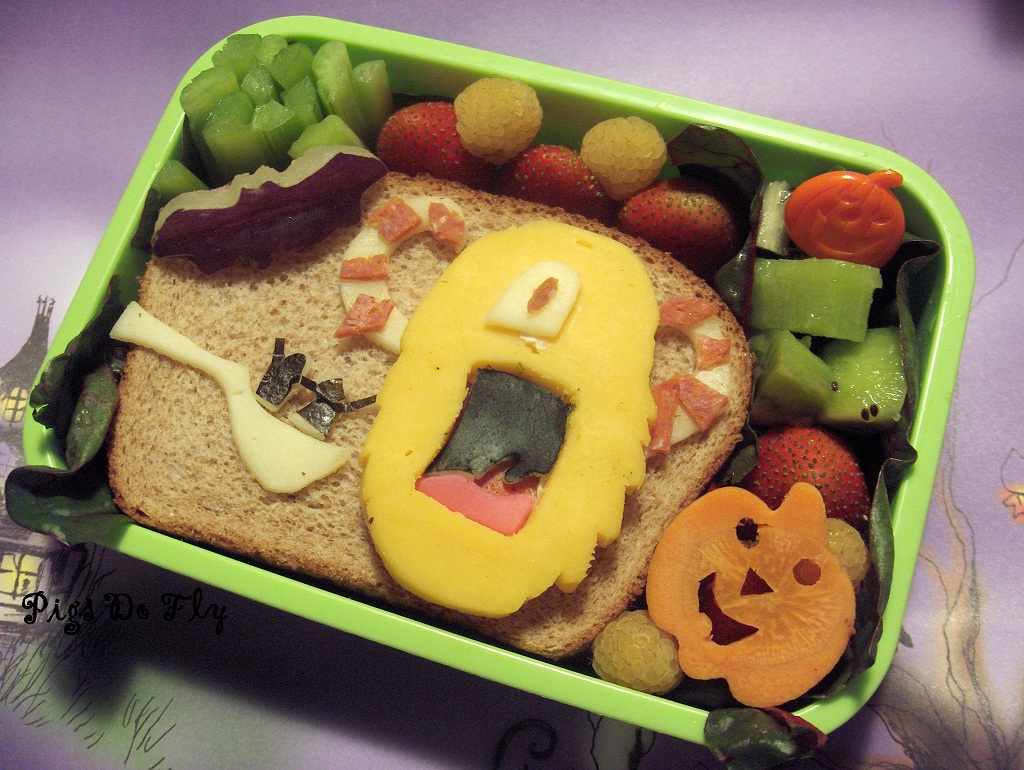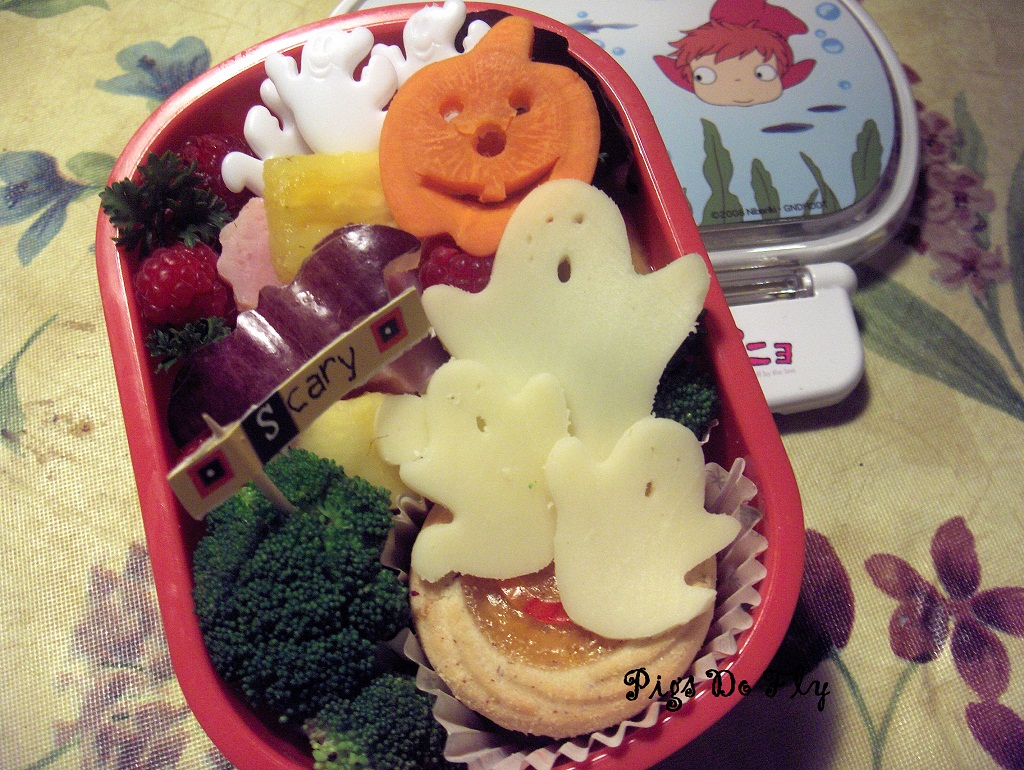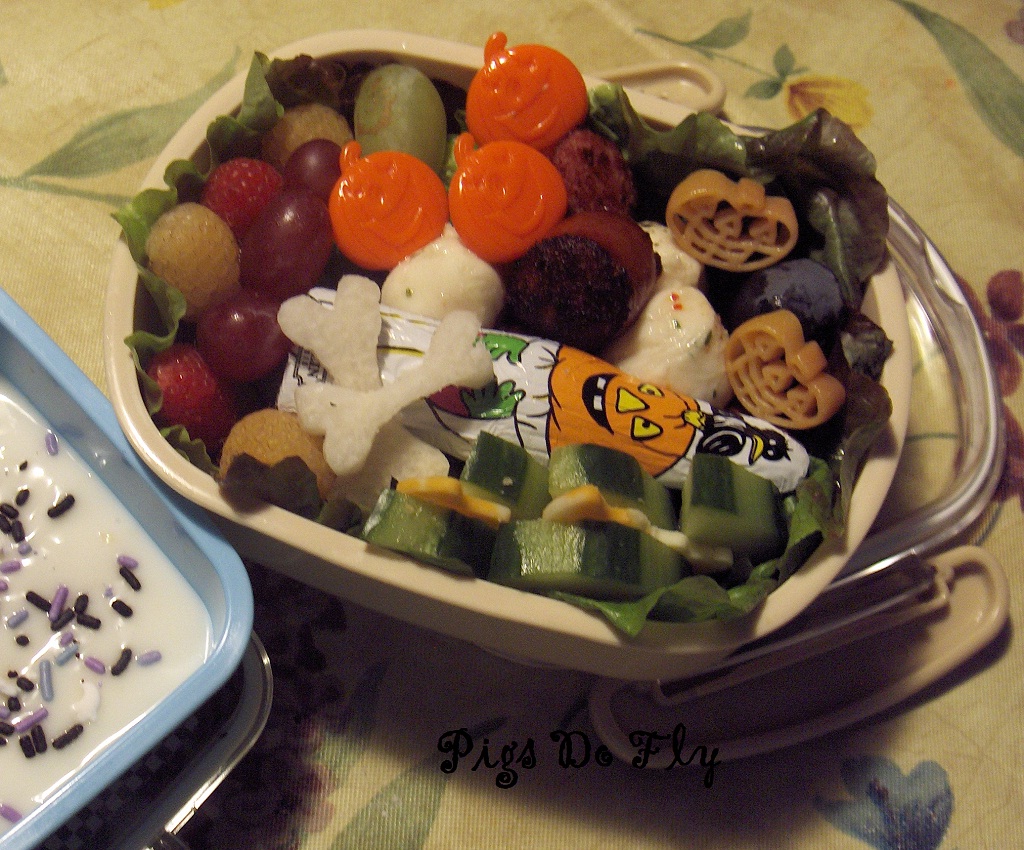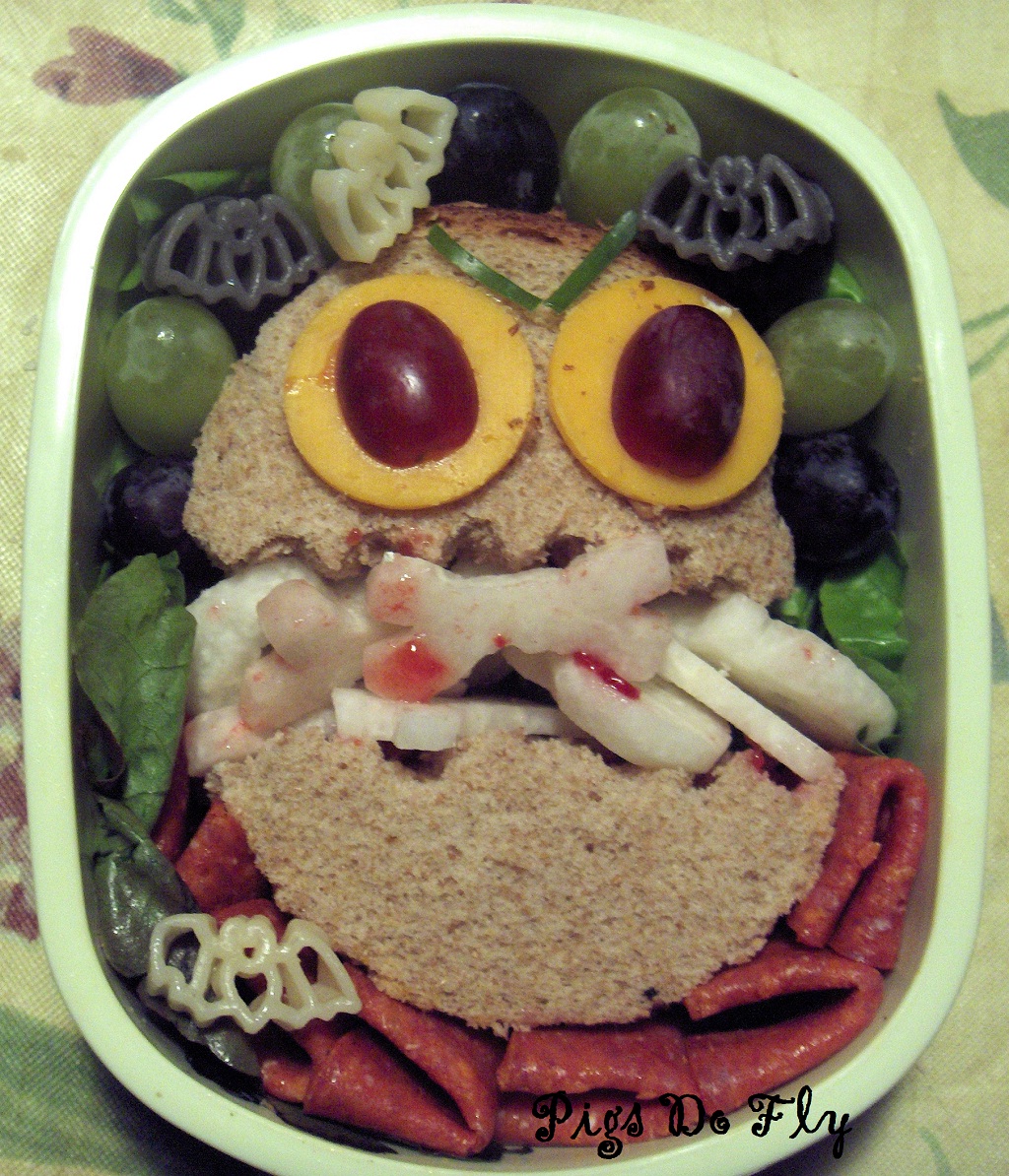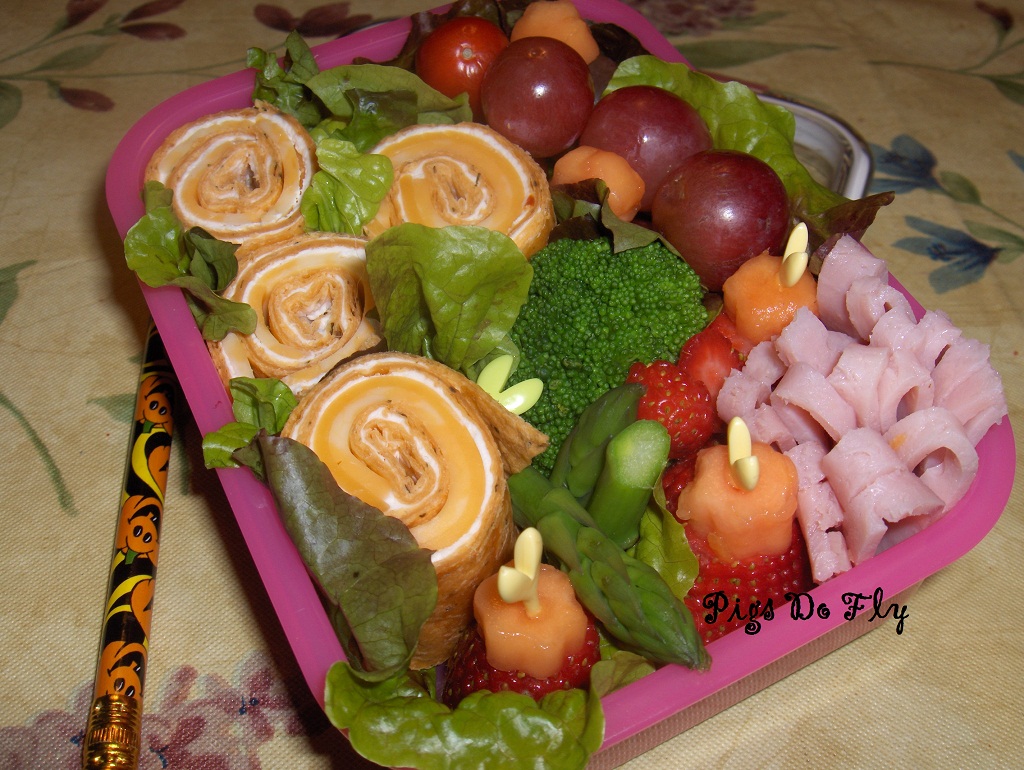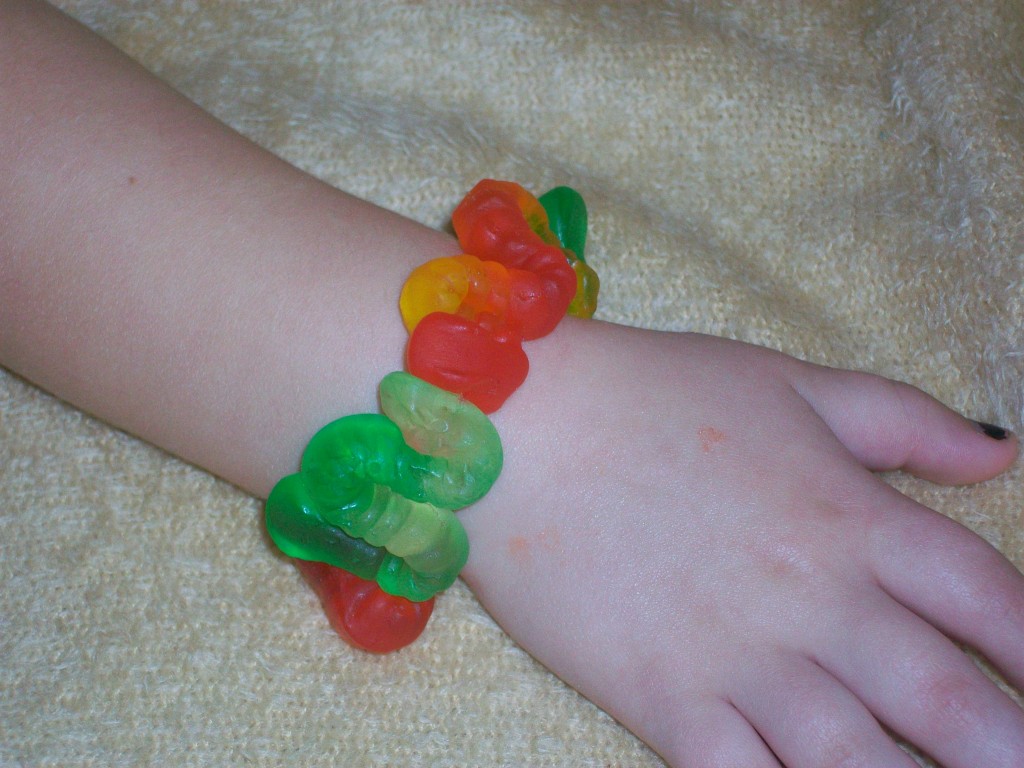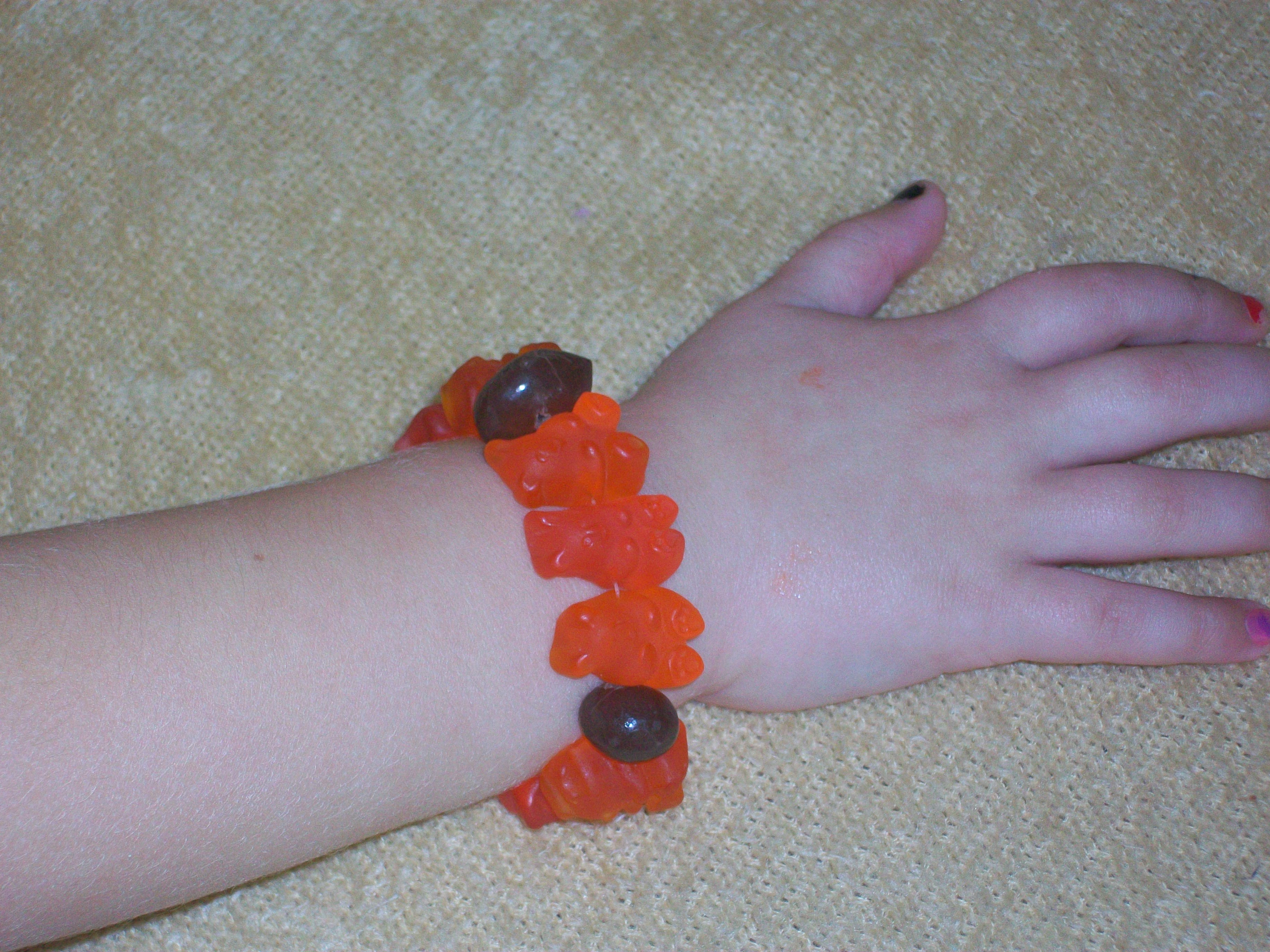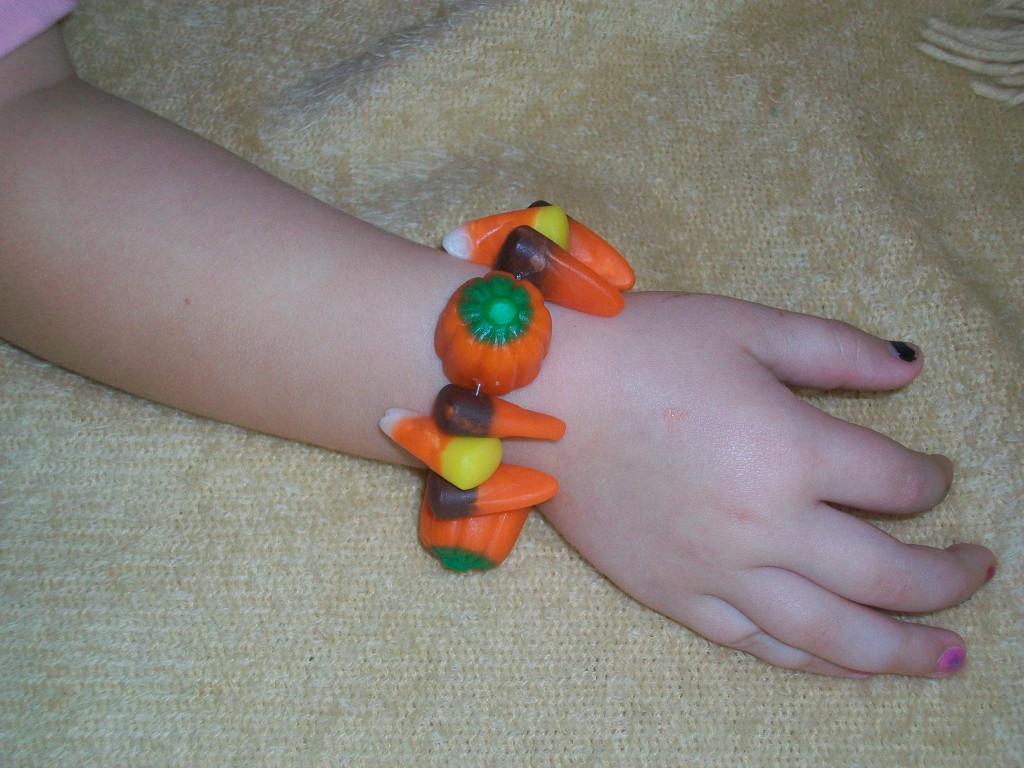For the Love of Words
Â
Help your child build a rich vocabulary, and in turn, strong reading and writing skills.
Â
We use language to express our intentions, describe our feelings, and understand the ideas of others. It’s a skill that can easily be taken for granted, yet as a parent, you have the privilege of watching the stunning language growth that occurs from birth through a child’s early years.
Â
From the first cooing sounds your infant makes in response to a tickle to the first words of toddlerhood (Da-da!) you will delight at each step of your child’s progress. Between the ages of 18 and 36 months, language growth occurs very quickly: babbling becomes more deliberate in tone, and children literally learn new words every day. Your young toddler might pick up a toy phone and mimic the same rise and fall that occurs in your own conversational patterns. She really sounds like she is saying something!
Â
During this time, your child may also begin to combine words and use short sentences like, “More juice?” or “Daddy home?” And one day, before you realize it, she will be using longer sentences with three words or more and even speak of things in the past. Your child may talk about “yesterday night” or about who “goed” to the park, but sophisticated conceptual thinking dependent upon language has emerged and is here to stay.
Â
Being a witness to this miracle, however, comes with tremendous responsibility. The language growth children accomplish during these first few years has a lifelong impact, and children cannot progress without the nurturing, guidance, and modeling of appropriate language use by the adults around them.
Â
Word knowledge is among the most critical pieces of language development. Children who acquire a substantial vocabulary are often able to think more deeply, express themselves better, and learn new things more quickly. They are also very likely to be successful not only learning to read, but also in reading at or above grade level throughout their school years. Research shows that children who reach school age with smaller vocabularies, less depth in prior knowledge and background experiences, and fewer experiences with hearing stories and exploring with print are more likely to have significant problems in learning to read. We know now that if we boost children’s language and literacy experiences early in life, later difficulties can be alleviated or even avoided.
Â
Conversation’s Deep Link to Print
Most of our daily conversations draw from a vocabulary bank of no more than 3,000 words, yet the average adult knows upwards of 20,000. That richness comes from print. Therefore, it is critical that children are exposed to print early on – right from birth! Young children are naturally drawn to books, perhaps sensing intuitively that they contain images and ideas that are all about their world. When you read aloud to your child, you are not only helping to prepare her to learn to read, you are also exposing her to rich language she otherwise might not hear. Reading will help her become familiar with new words and a different language structure, as the form and feel of written language is quite different from spoken language.
Creating an environment that is rich in both print and the spoken word is critical to your child’s language development.
 Â
 The number of words one knows as well as the depth of understanding of those words is related to the ability to think. For example, a child who knows the words big and little can certainly think in terms of size and compare objects. But a child who has also learned the words wide, narrow, tall, short, tiny, low, and high has a whole bank of words that help her understand things in deeper ways.
Â
Children first learn to talk at home by listening to, and gradually taking part in, the daily conversations of family members. For example, “Motherese,” a term used to describe the way a mother interacts with her baby, begins with an acknowledgment of the coos and eye contact the baby makes right from birth and extends through toddlerhood. This highly intimate and personalized language play is characterized by two key variables. First, the mother validates the baby’s attempts to communicate by celebrating and praising each and every effort. Second, the mother repeats and extends the language the child uses. A child may say, “Doggy ruff ruff?” The mother responds, “Yes, there goes the doggy. Ruff, ruff! That is how he barks. He is hungry and wants his dinner.” More is better here: Children benefit from their families — fathers, grandparents, aunts, and uncles — engaging in this type of language interaction.
Â
Increase the Depth and Breadth of Your Child’s Vocabulary
Â
There are two ways to think about word knowledge: first, how vocabulary grows, and second, how it deepens. Both aspects of vocabulary development are critical to the ability to use, act on, and expand children’s language knowledge base. You can help your child’s vocabulary grow:
·  Increase your child’s exposure to, and interaction with, language. The more words a child hears, the more words he will learn and use. This can be easily overlooked, but it’s significant. It’s important to have as many conversations as possible with your child during the day. You can describe the colors and features of her clothes as you dress or you can name the foods in the supermarket as you take them off the shelf. If you “think aloud” or talk with your child about what you are doing and why, you will be inviting her into some wonderful language-building chats.
·  Embed new words in familiar contexts. Young children love patterns and routines, which enable them to successfully predict what will happen next and to experiment with variations of what they already know. By purposefully introducing new words, you can increase your child’s active speaking repertoire. For example, in the very familiar setting of your kitchen, you can whisk eggs, use a serving spoon, and test temperature with a thermometer.
·  Expose children to intriguing words. Young children love the sound of long and seemingly difficult words. Your child might suddenly blurt out that her friend’s behavior is “ridiculous” or that the baby’s diaper is “saturated.” These instances of surprisingly sophisticated language use come from children’s attention to, and interest in, the way adults use words to express precise feelings and reactions. So don’t shy away from using words you think are over your child’s head; instead, use them as part of your natural conversation and children will gradually pick up on their meanings.
Â
Vocabulary knowledge must be as deep as it is wide. This means that, in addition to the sheer number of words children ultimately acquire, they must also develop an understanding of the word base they already have. Deep word knowledge depends on a child understanding:
Â
·  the concepts a word represents
·  multiple meanings of a wordÂ
·  associations the word evokesÂ
·  how a word is used inÂ
·  conjunction with other wordsÂ
·  grammar (how a word behaves in a sentence)Â
·  other words that sound like it
Â
You can help your child deepen her understanding of a word by talking about the different meanings of the same word and using the word in different sentences. For example, you can show her a ring on your finger, and then talk about things that ring (a doorbell) or other kinds of rings (a circus ring), and even point out that another word, “wring,” sounds just like it, but is spelled differently and has its own meaning.
 Â
 Vocabulary Boosters
 Â
 Whether you are talking to your child about a new word, helping her write a letter, or reading a story out loud, your interaction will maximize your child’s language understanding. Keep in mind the following vocabulary boosters as you go about your daily activities; even a few minutes each day will translate into measurable differences in your child’s long-term language growth.
Â
·  Change the language of your daily routines. Rather than say, “It’s time to clean up” every day, try to introduce other rich words that help describe this routine, such as “organize,” “collate,” and “arrange.”
·  Bond with your child through language. In our busy world, several minutes of “real” conversation are incredibly valuable. A car ride chat that focuses on where you are going or things you see along the way, a bath that explores things that float or sink, or a bump or a bruise that elicits talk about feelings and healing are all terrific opportunities.
·  Use writing and drawings. Repeat what your child says as she shows you her artwork and then build on and extend it. For example, if your child has created a drawing and written, with invented spelling or otherwise, “I like rain,” you might say, “I like rain. Oh, yes. I see all of your raindrops here and a puddle. What is it about rain that you like? This puddle looks like it would be fun to splash in.”
·  Read aloud. Put as much expression as possible into your reading. When you come to a word that is sophisticated, draw it out. Take the word “scrumptious,” for example. Say it slowly as part of the sentence and then add a comment like, “Scrumptious. Hmm, that means really, really good. Look at that apple pie. It sure looks scrumptious to me.” You can also look for instances in which a challenging word is repeated in a story. Call your child’s attention to it each time it appears. Use the pictures to help build a deepening understanding of the word’s meaning.
·  Share your own stories. Talk to your child about your own day: what you did, different people you encountered, funny things that happened, anything interesting that you might have seen. Find ways to use memorable words in your daily conversations. This way, your child will hear them in a different context and outside of a book.







